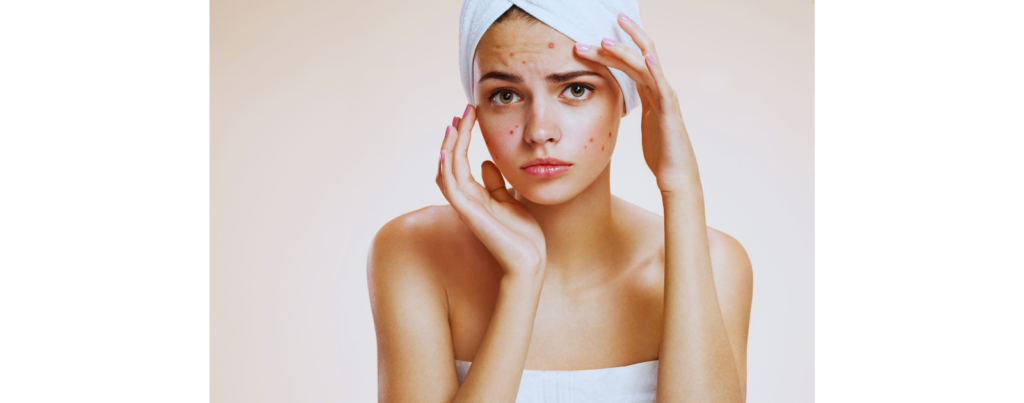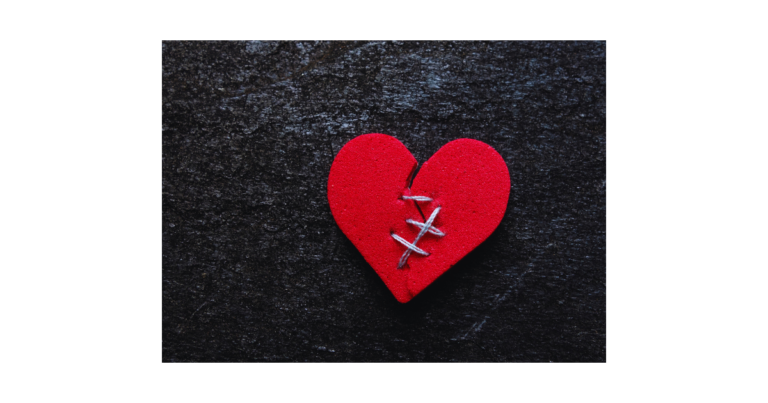Hormonal acne is a frustrating and sometimes painful experience for many women, especially during their menstrual cycle. This type of acne, often referred to as period acne, is closely linked to the hormonal changes that occur during the menstrual cycle. If you’ve ever noticed a breakout just before your period or felt like your skin was rebelling against you, you’re not alone. Let’s dive into what causes hormonal acne, how to treat it, and ways to prevent those pesky breakouts.
What is Hormonal Acne?
Hormonal acne is a type of acne that arises due to hormonal imbalances within the body. Often referred to as adult acne, it predominantly affects women in their 20s, 30s, and 40s. Unlike typical acne, hormonal acne is characterized by deep, painful pimples and cysts that can appear on the face, chest, and back. These breakouts are often resistant to standard treatments like topical retinoids and antibiotics. Instead, they may require hormonal treatments such as birth control pills or spironolactone to effectively manage the condition. Understanding the hormonal roots of this type of acne is crucial for finding the right treatment approach.
What Causes Hormonal Acne?

Hormonal acne happens when fluctuations in hormone levels—like testosterone, estrogen, and progesterone—affect your skin. These hormones can increase the activity of your sebaceous glands, leading to an overproduction of oil (sebum). Excess sebum combines with dead skin cells and clogs pores, creating the perfect environment for acne-causing bacteria to thrive.
During your menstrual cycle, hormone levels naturally fluctuate. For example, in the second half of your cycle, progesterone levels rise, stimulating sebum production and making your skin more prone to breakouts. Other factors, such as stress, irregular periods, pregnancy, and menopause, can also trigger hormonal changes that exacerbate acne.
Free testosterone levels can activate sebaceous glands even further, which is why hormonal acne is often more severe around the chin, jawline, and lower cheeks. Studies have shown that lower levels of sex hormone binding globulin (SHBG) are associated with higher levels of free androgens, which can exacerbate acne. Understanding these triggers is the first step toward managing hormonal acne effectively.
The Role of the Menstrual Cycle in Acne
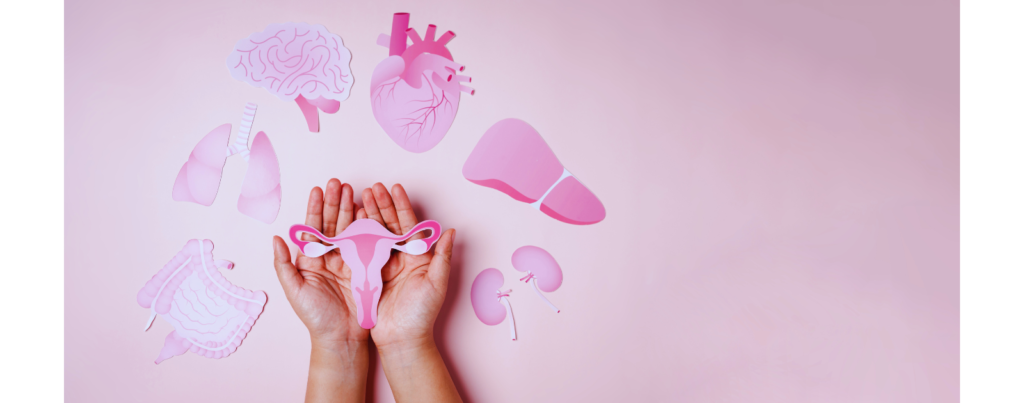
The menstrual cycle plays a pivotal role in the development of hormonal acne. Throughout the cycle, hormone levels fluctuate, leading to changes in the skin. About a week to 10 days before your period begins, estrogen levels drop, causing testosterone levels to rise. This increase in testosterone stimulates the sebaceous glands to produce more sebum, resulting in oily skin and clogged pores. Additionally, progesterone levels rise during the second half of the menstrual cycle, further increasing oil production and causing pores to swell shut. This combination of oily skin and trapped dirt and oil creates the perfect environment for acne breakouts, making premenstrual acne a common issue for many women.
Severe Acne and Hormonal Imbalance
Severe acne is often linked to hormonal imbalances, particularly an excess of androgens like testosterone. These hormones can cause the sebaceous glands to produce more sebum, leading to clogged pores and subsequent acne breakouts. In women, hormonal imbalances can stem from various factors, including polycystic ovary syndrome (PCOS), thyroid disorders, and certain medications. Addressing the underlying hormonal imbalance is often essential for effectively treating severe acne. By targeting the root cause, whether through medication or lifestyle changes, you can achieve clearer skin and reduce the frequency and severity of acne lesions.
What Does Hormonal Acne Look Like?
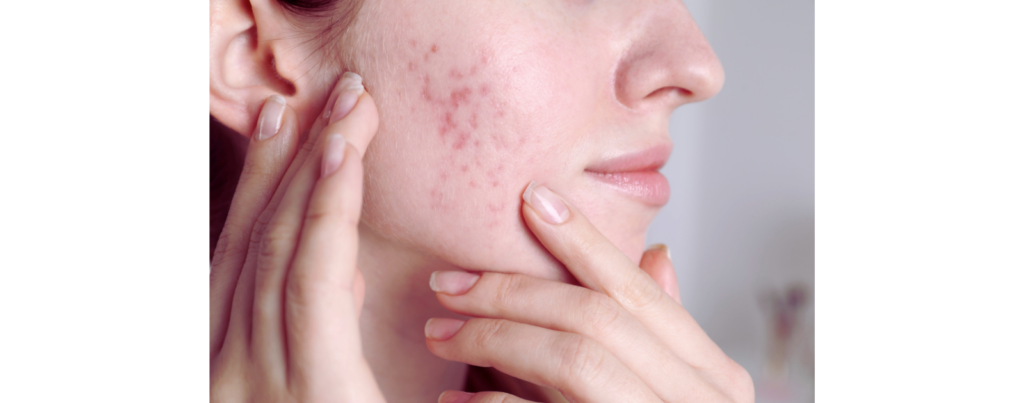
Hormonal acne often appears as deep, painful cysts or inflamed bumps around the jawline, chin, and cheeks. These breakouts can be tender to the touch and slow to heal, often presenting as inflammatory acne lesions. Unlike typical acne, which may affect the surface of your skin, hormonal acne tends to form deeper in the skin layers.
For some, hormonal acne presents as mild acne with small, scattered pimples, while others experience severe acne with large, inflamed lesions. It’s not uncommon to notice a pattern of breakouts tied to your menstrual cycle. Many women also deal with adult female acne well into their 30s, 40s, or even 50s, proving that acne isn’t just a teenage problem.
How to Treat Hormonal Acne
The good news? There are a variety of treatment options for hormonal acne. Effective acne treatment often requires a combination of approaches tailored to the individual’s skin type and hormonal profile. The key is finding what works best for your skin type and the severity of your acne. Here’s a closer look:
When it comes to treating acne, prescription medications can offer more targeted solutions.
1. Over-the-Counter Treatments with Benzoyl Peroxide

- Salicylic Acid: This beta hydroxy acid penetrates pores to dissolve oil and exfoliate dead skin cells, keeping pores clear. However, it’s important to note that overuse of salicylic acid can sometimes make acne worse by irritating the skin.
- Benzoyl Peroxide: An effective ingredient for killing acne-causing bacteria and reducing inflammation. It’s especially useful for preventing and treating inflamed pimples.
- Topical Retinoids: Derived from vitamin A, these products increase cell turnover, preventing clogged pores and reducing the appearance of existing acne.
2. Prescription Medications
- Oral Contraceptives: Birth control pills containing estrogen and progestin can regulate hormone levels, reducing breakouts caused by hormonal fluctuations and managing acne vulgaris.
- Topical Antibiotics: Often combined with benzoyl peroxide, these reduce inflammation and target acne-causing bacteria.
- Oral Antibiotics: For severe cases of acne vulgaris, these medications work systemically to reduce bacterial activity and inflammation.
- Hormonal Therapy: Treatments like spironolactone help balance hormones by blocking androgen receptors and reducing oil production.
3. Clinical and Aesthetic Dermatology
For more persistent or severe cases, dermatologists may recommend treatments like:
- Chemical Peels: These exfoliate the skin deeply, targeting acne and reducing post-acne discoloration.
- Laser Therapy: A high-tech option that reduces inflammation and bacteria while stimulating skin repair.
Skincare Routine and Hormonal Acne
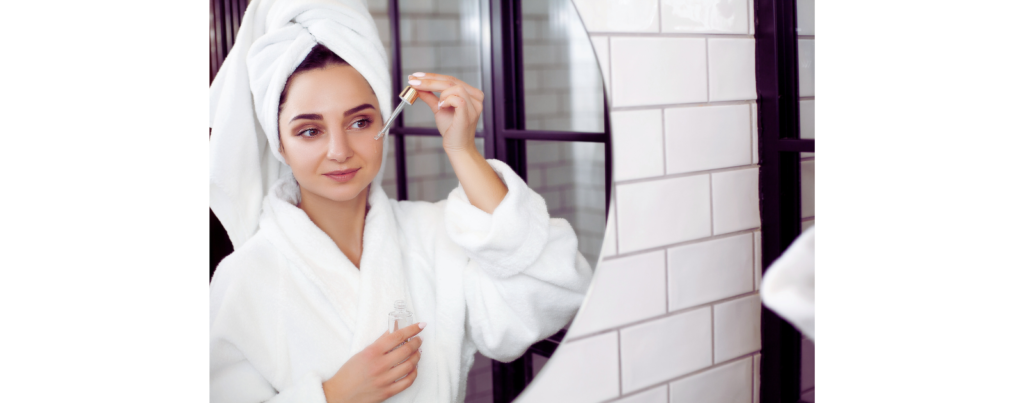
A consistent skincare routine is vital for managing hormonal acne. Here are some tips to help keep your skin clear:
- Use a Gentle Cleanser: Opt for a cleanser formulated for acne-prone skin to remove excess oil and impurities without stripping your skin.
- Exfoliate Regularly: Incorporate exfoliation into your routine to remove dead skin cells and prevent clogged pores. Look for products containing salicylic acid.
- Spot Treatment: Use a spot treatment with benzoyl peroxide or salicylic acid to target and dry up pimples effectively.
- Non-Comedogenic Moisturizer: Choose a moisturizer that is non-comedogenic and oil-free to help control oil production without clogging pores.
Preventing Hormonal Acne
While treatment is essential, prevention can save you from future breakouts. Here are practical tips to keep hormonal acne at bay:
- Stick to a Gentle Skincare Routine: Use non-comedogenic cleansers and moisturizers. Look for ingredients like alpha hydroxy acids and salicylic acid to prevent clogged pores.
- Hydrate and Eat a Balanced Diet: Dehydration and diets high in sugar or dairy can exacerbate acne. Focus on whole, nutrient-dense foods that support healthy skin.
- Manage Stress: Chronic stress leads to hormonal shifts, increasing the likelihood of acne. Techniques like yoga, meditation, or simply taking time to relax can help.
- Track Your Cycle: Tracking your cycle can help you anticipate hormonal breakouts and adjust your skincare routine accordingly. For example, using acne treatments a week before your period can help prevent breakouts.
Lifestyle Changes to Prevent Hormonal Acne
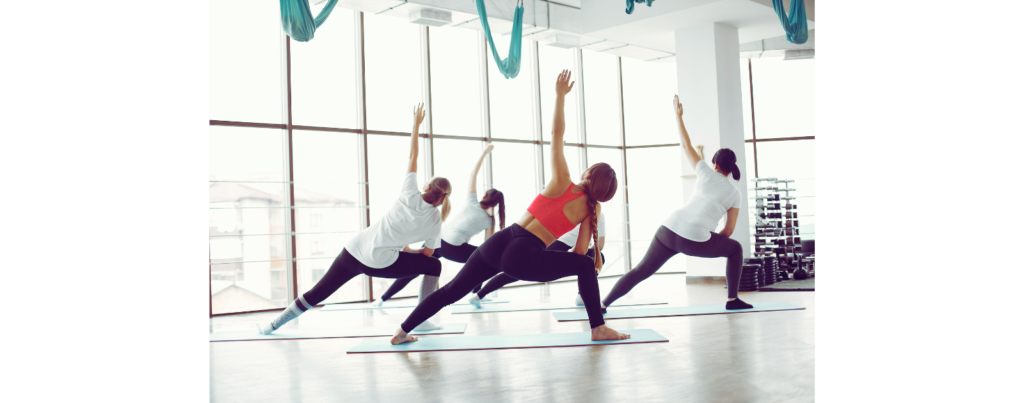
Making certain lifestyle changes can significantly help in preventing hormonal acne. Here are some practical tips:
- Healthy Diet: Focus on a diet low in sugar and refined carbohydrates, as these can exacerbate acne. Opt for whole, nutrient-dense foods that support overall skin health.
- Regular Exercise: Exercise helps reduce stress and improve hormone balance, both of which are crucial for preventing acne breakouts.
- Adequate Sleep: Ensure you get enough sleep to help regulate hormones and reduce stress levels.
- Avoid Picking Pimples: Refrain from picking or popping pimples, as this can lead to scarring and infection.
- Consider Hormonal Treatments: If lifestyle changes and skincare routines aren’t enough, consider hormonal treatments like birth control pills or spironolactone to help regulate hormone levels and reduce acne.
By incorporating these strategies into your daily routine, you can better manage and prevent hormonal acne, leading to clearer, healthier skin.
FAQs About Hormonal Acne
1. Can hormonal acne be treated without prescription medication?
Yes! Over-the-counter options like salicylic acid and benzoyl peroxide can help manage mild hormonal acne. Consistency and patience are essential for seeing results.
2. How do oral contraceptives help with acne?
Birth control pills regulate hormone levels, particularly by reducing free testosterone, which decreases sebum production. They’re especially effective for women with acne linked to their menstrual cycle.
3. What role do progesterone levels and the menstrual cycle play in acne?
When progesterone levels rise during the luteal phase of your menstrual cycle, sebum production increases. This can lead to clogged pores and make acne worse, especially during this phase.
4. Is adult female acne common?
Absolutely. Many women experience acne well into adulthood due to hormonal changes, stress, and lifestyle factors. Adult acne often requires a different approach compared to adolescent acne.
5. Are there natural ways to manage hormonal acne?
Yes! Maintaining a healthy diet, staying hydrated, reducing stress, and using gentle skincare products can all help. Additionally, regular exercise can balance hormones and improve skin health.
Final Thoughts
Hormonal acne can feel overwhelming, but understanding its causes and exploring treatment options can help you take control. Whether you choose over-the-counter products, prescription medications, or lifestyle changes, there’s hope for achieving clearer, healthier skin. Remember, consistency is key, and small adjustments can make a big difference. You’ve got this!

